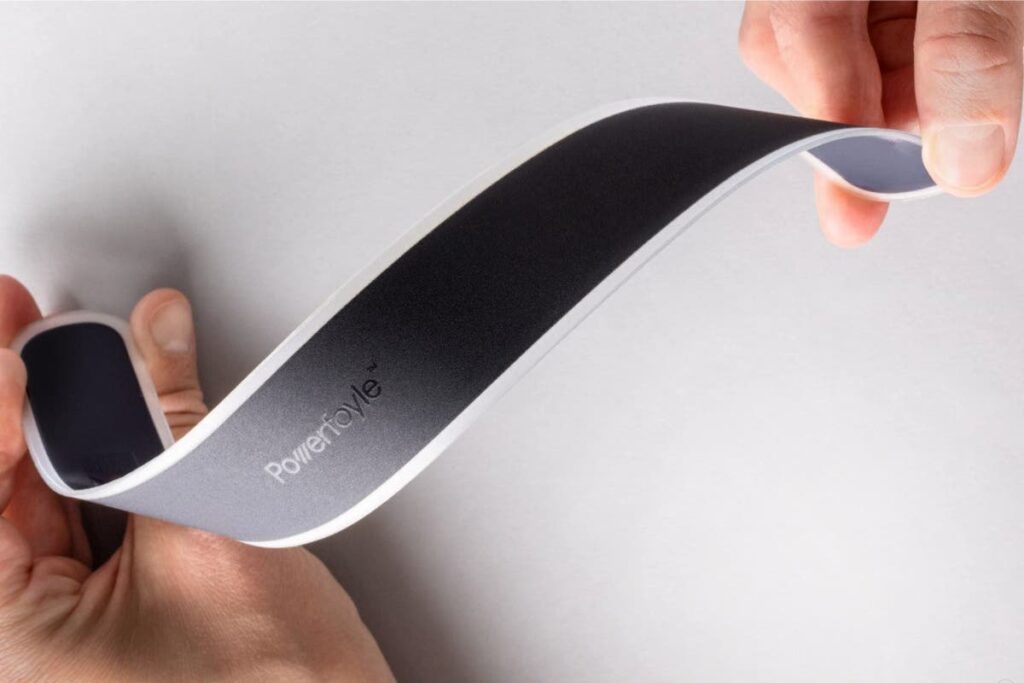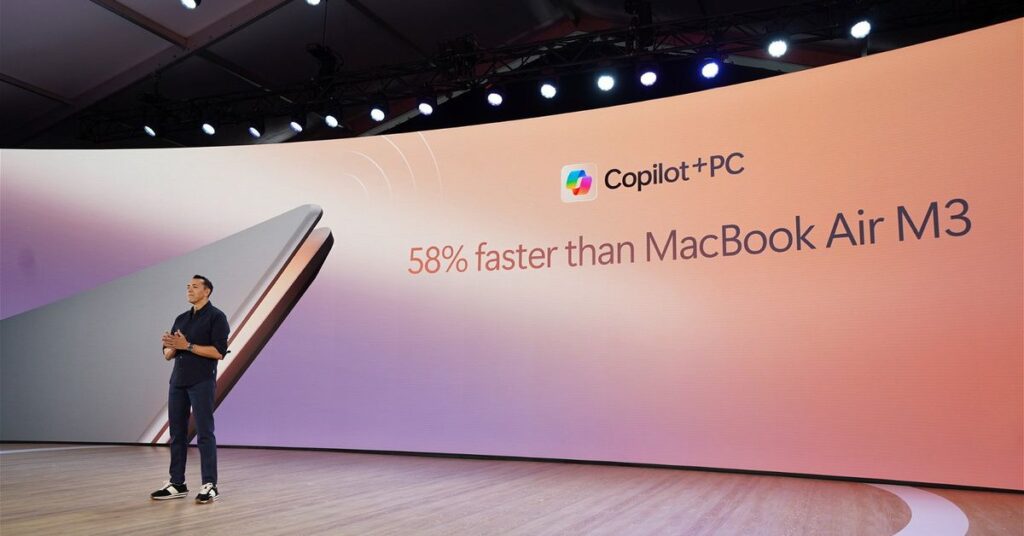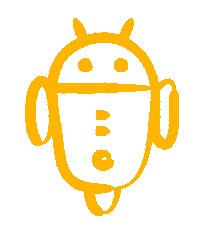Every six seconds, in a factory on the northern outskirts of Stockholm, a top-secret printer is churning out sheets worth thousands of euros each. Each one contains 108 miniature solar cells that will soon find their way into everyday devices – from keyboards to headphones – that will fundamentally change the way we interact with technology. According to their creator, they will even force us to rethink our relationship with light.
Sweden may seem like an unlikely place for a solar revolution, but the lack of light during the winter months was one of the reasons for Exeger co-founder Giovanni Fili to look beyond the Sun as the only source of energy for a photovoltaic cell. His company’s latest technology can harvest electricity from almost any light source, from direct sunlight to candlelight. He could even generate a charge from moonlight, though it would take a while for it to be very useful.
“Like algae at the bottom of the ocean where it’s almost black, we can efficiently use very few photons,” says Fili. The Independent. The T-shirt he wears describes his company’s technology as “changing the world,” capable of simultaneously addressing the global need for energy and some of our planet’s greatest environmental challenges.
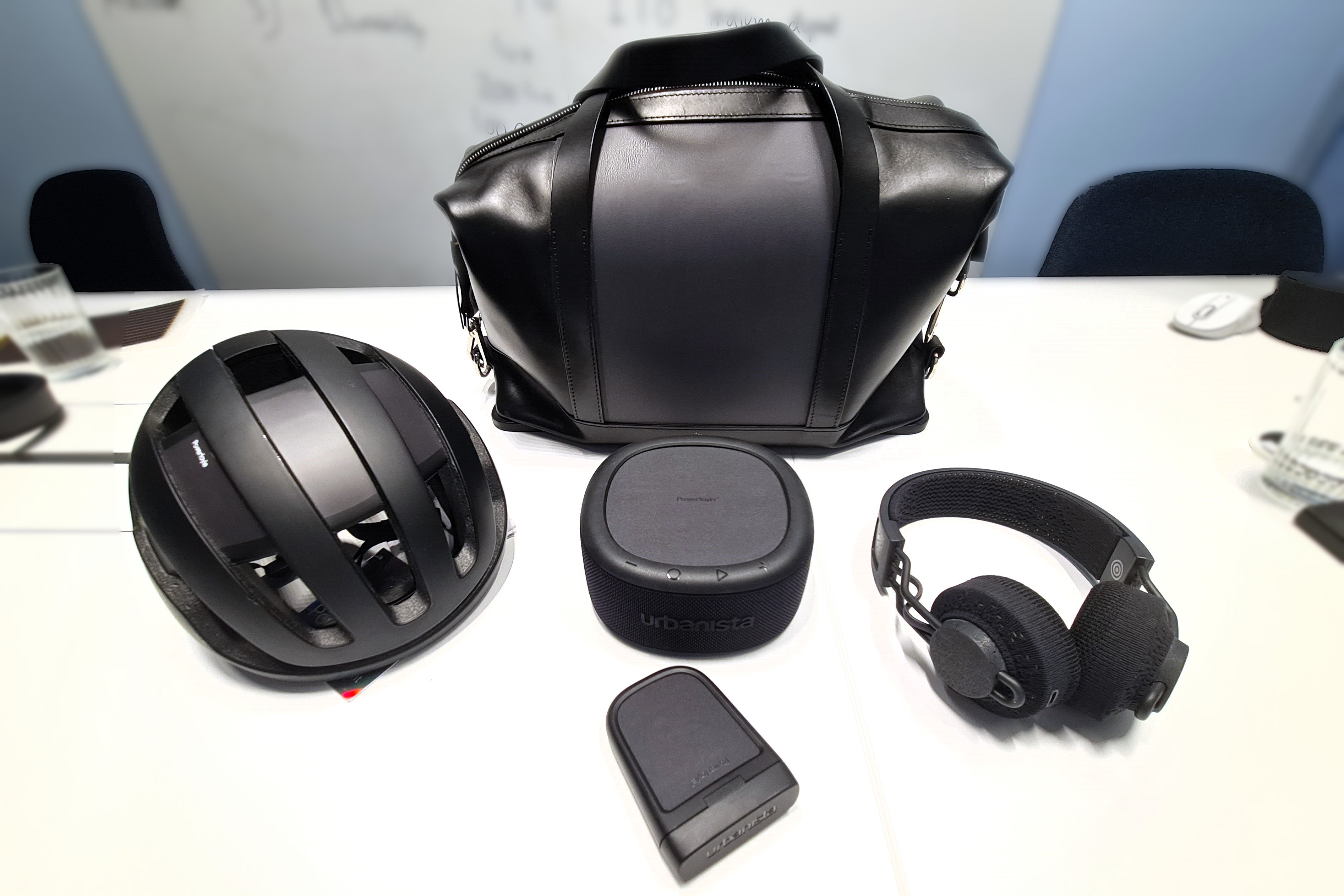
Indoor solar panels have been around for decades. Solar-powered computers were first introduced in the 1970s, but the limitations of the amorphous silicon cells they rely on mean they are too low-powered, too fragile and too rigid to be integrated into products. others.
The latest innovation stems from a discovery made in 1988 regarding dye-sensitized solar cells (DSSCs). A pair of scientists from UC Berkeley in California invented a low-cost, high-efficiency cell that was semi-flexible and semi-transparent, offering a path to commercial development of the technology.
Just over 20 years later, Fili and Exeger co-founder Henrik Lindström came up with a new electrode material that offered 1,000 times better conductivity. The discovery formed the basis of their Powerfoyle cells that are now being produced on a commercial scale.
Exeger’s Powerfoyle solar cells offer a radical departure from traditional glass-covered panels, eliminating the need for the silver lines you see on them that serve as conductors. They are also not sensitive to partial shade, which drastically reduces the efficiency of photovoltaic panels.
The patented leather-like material can be transformed into almost any material to allow seamless integration into a wide range of products, while remaining waterproof, dustproof and shockproof.
“It works in any light condition, is more durable than any other solar cell in the world, is easy to manufacture and can mimic any surface – leather, carbon fiber, wood, brushed steel. It’s also beautiful”, says Fili. “So we can integrate into products that are already being sold in the billions of units a year.”
Exeger’s plant in Stockholm has the capacity to produce 2.5 million square meters of solar cells annually, making it the largest plant of its kind in Europe. Speaking at the opening of the factory in 2021, Fili predicted that Exeger’s technology will “touch the lives of a billion people by 2030”.
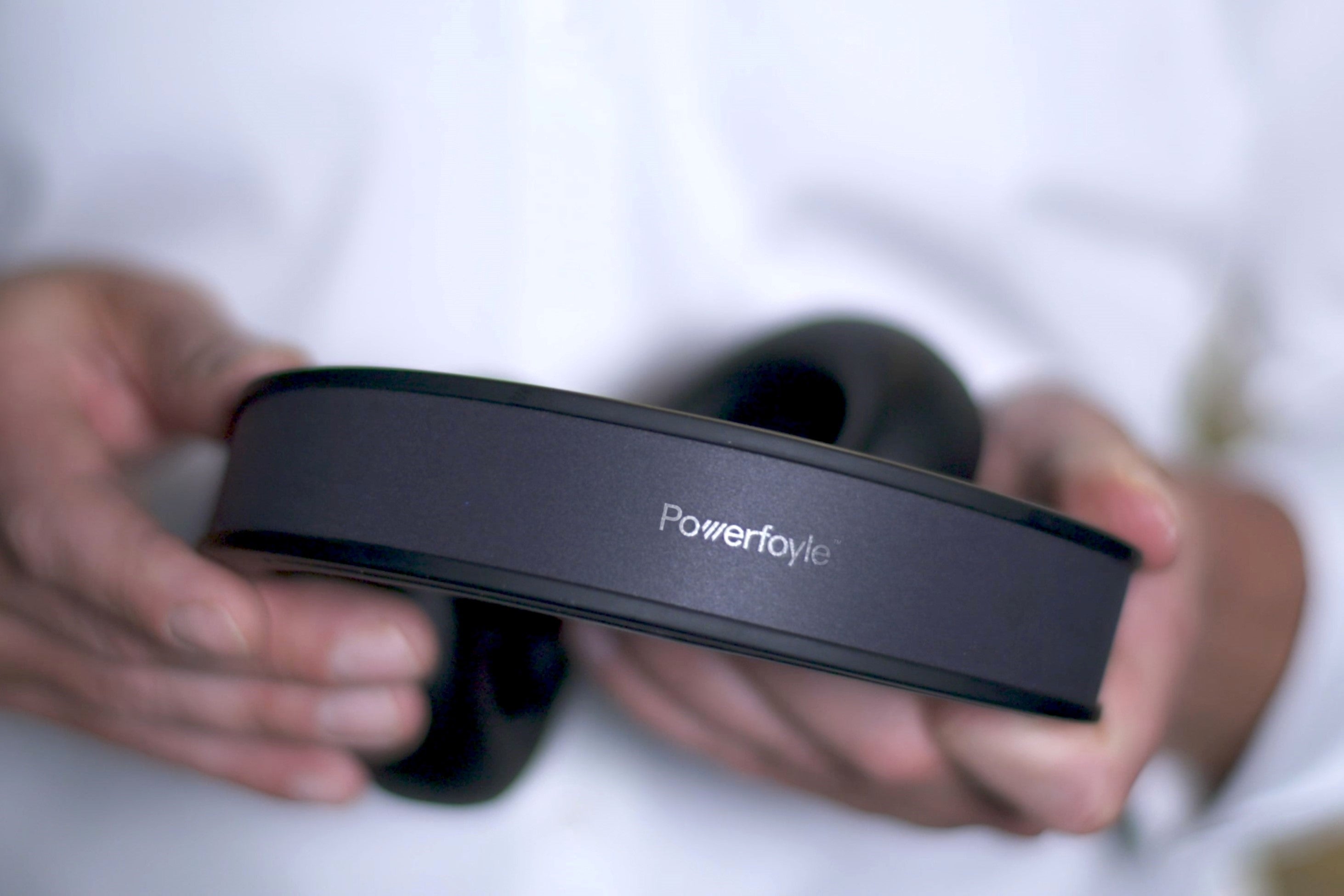
Powerfoyle solar cells have already found their way into seven products on the shelf – including headphones, wireless speakers and a bike helmet – while six more have been announced. Clients include Adidas, Phillips and 3M, while they are also rumored to be in talks with LogiTech and Apple.
A future without batteries
Exeger is one of several startups pioneering the commercialization of indoor solar panels, with the promise of clean, endless energy attracting researchers and entrepreneurs alike.
US-based Ambient Photonics was drawn to the space by the “magical” potential of the smart home, as well as the hope that it would be possible to eliminate the need for disposable batteries.
“The scale at which smart electronics can be deployed has been limited by battery life and the use of traditional batteries, which require constant charging, stagnate product design, and have negative environmental consequences,” Bates Marshall, co-founder and CEO of Ambient Photonics, said The Independent.
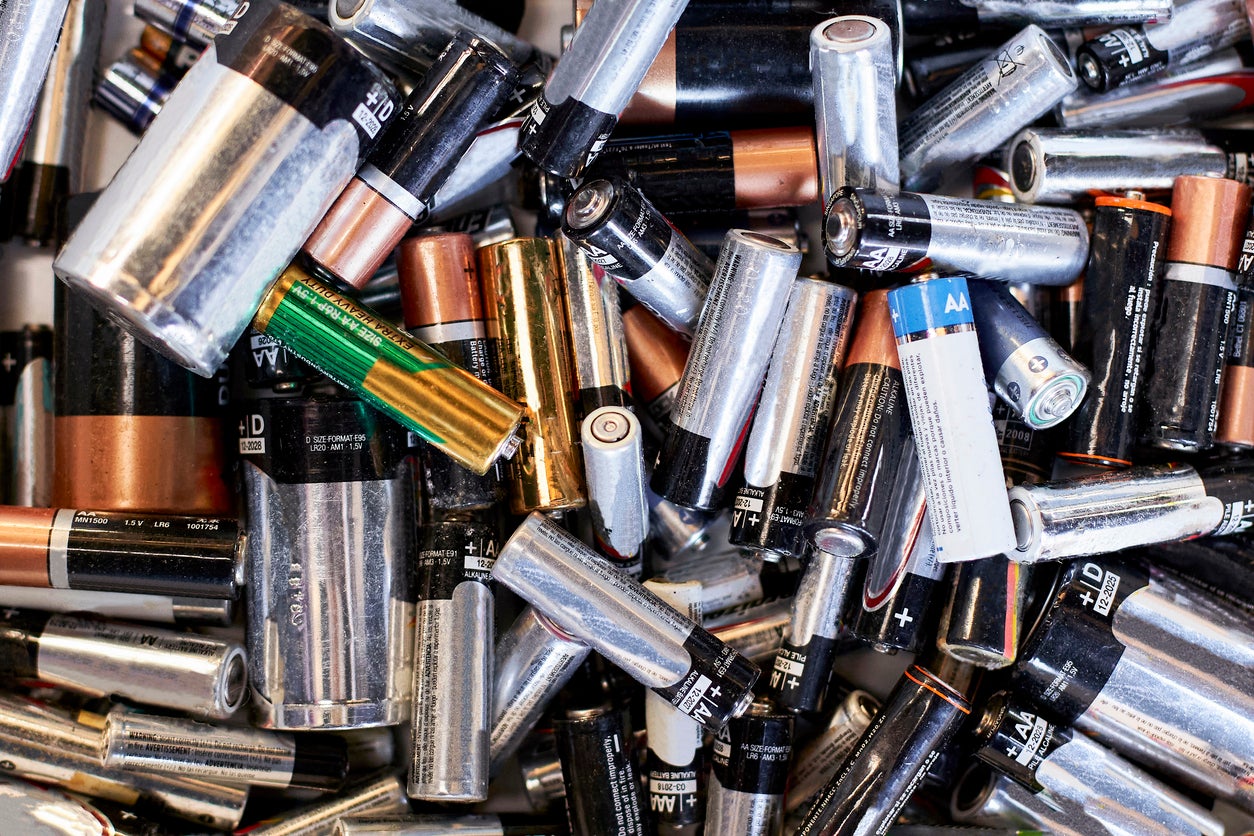
TV remote controls alone are responsible for 3.1 billion disposable batteries thrown away each year, according to ratings from Samsung. The Korean electronics giant has made switching from alkaline batteries to photovoltaic power a priority to meet sustainability targets, claiming it could reduce greenhouse gas emissions by around 6,000 tonnes a year.
“Each advancement in the power density of our product brings us closer to a future where the need for disposable batteries is significantly reduced, if not completely overcome,” says Marshall.
Ambient Photonics’ DSSCs have so far been integrated into remote controls, although limitations with the amount of heat and light they can be exposed to mean the technology is currently limited to indoor applications.
The versatility and durability of Exerger’s Powerfoyle means the only limitations are power-intensive devices such as laptops and smartphones – although they can offer a significant 50-100% increase in battery life. Exeger is also exploring a solar-powered tablet case that could provide enough power for infrequent users to never need to charge.
“Our grandchildren will laugh that we had cable,” says Fili.

One trend that Fili has noted is that users of Powerfoyle products have become much more aware of their surroundings and the presence of light in their lives. “We’re making people aware,” he says, “because light is power.”
Fili is driven by the belief that Powerfoyle is an era-defining technology. Exeger is the first to commercialize the technology on this scale, though it remains relatively nascent as Fili sees everyone on the planet as potential users. Others seem confident in his claims, with Forbes comparing him to figures like Jeff Bezos, Bill Gates and Elon Musk.
The technology behind Exeger’s solar cells, like the printers that make them, is a closely guarded secret. Even the purpose of the thousands of Powerfoyles currently being pressed every minute at the Stockholm plant is not yet known to the public. (Their elongated shape strongly suggests that they will be used in a product that most of us use every day – the one in which this article is being typed.)
“This is really, really big,” says Fili. “We’ve just secured a contract with the world’s largest supplier of keyboards and mice and already have partnerships with some of the biggest companies and brands on the planet. This technology will take over the world.”

